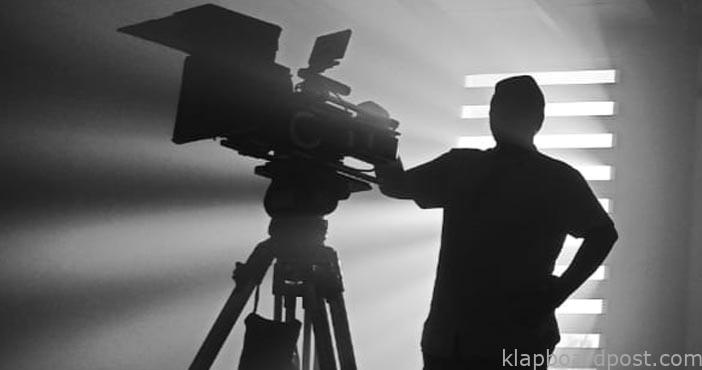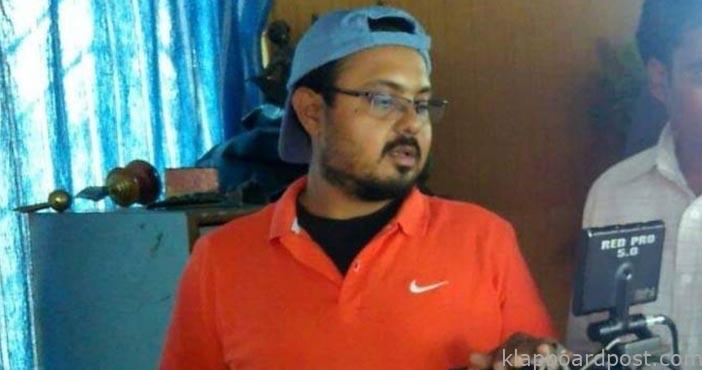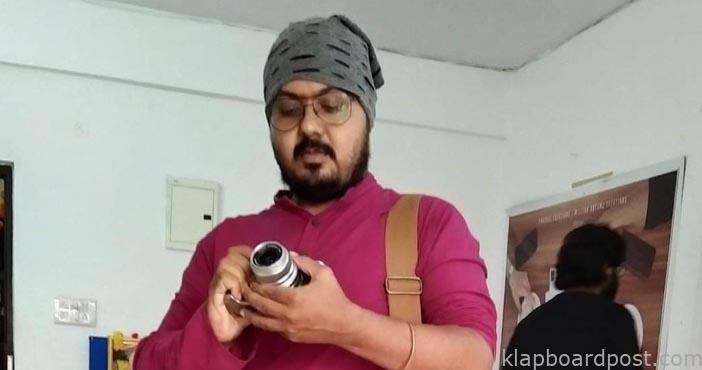Like any other technician, Eshwar Yellumahanthi respected his parents wishes and finished his academics before pursuing a career in cinema. The Eluru born cinematographer completed engineering in Khammam, M.Tech in Madurai and worked for a brief period in a sugar factory near Challapalli. In DRDL, he was a junior scientist. Whenever he found time, he developed his passon, i.e clicking pictures with Nikon FM 10. He has in his mind a clear plan to make cinematography his career. He says, “In the 8th standard I got interested in cinema and would see as many as possible. Also in Eluru there was no other entertainment other than cinema. In Hyderabad and Vizag, we have the parks and beaches to spend time but in a place like Eluru, we had to dig out our hobbies to keep ourselves engaged. There were no satellite channels at that time i.e when I was 8 or 9 years old. I was very good at education and stood first in college and I decided to take up cinematography after academics. I took up a job for some time and since my brother was studying, I thought I should continue working at least till he gets a job. We were from a lower middle class family. I then went to Kerala to study DF.tech. I applied at Satyajit Ray Film Institute and Adyar Film Institute too but the institutes had their own clauses and limitations. I was offered sound engineering but I refused since I was interested in cinematography. I didn’t qualify at the Pune Institute.”

Eshwar wasn’t disheartened. He met a friend who suggested he get into the Kerala Film Institute. He shares, “It had good reviews and so I joined. It was affiliated to the state government. I was happy and working in God’s Own Country. I was there for two years, the greenery, backwaters held me captive and I explored the entire Kerala.” What kind of impact did the place have on the cinematographer? He says, “I happened to learn Malayalam, I can read the language and also speak. People have dignity of labour, they don’t look at what work you do, they see how much, how far you have enjoyed. That is the philosophy of both elders and youngsters in Kerala. Nature is like an ocean and if we keep digging it, you get more beauty. For photographers, it is a treat. Though I lived in Madurai, I couldn’t travel much because I was more focussed on my studies. Here I found space to explore the state. The institute course helped me a lot. Here you got to start from the scrap to excel. To start from a trainee to becoming a cameraman, it takes 15 years. I don’t know the alphabets of the film industry so the teaching in the institute helped me, the purpose for which I joined helped. Seventy percent of cinematography I learnt there.”

Eshwar recollects his time during the last semester of his course in Kerala where he tried working with famous cinematographers and was introduced to Deepu Karunakaran who was doing an advertisement shoot. He was director Priyardarshan’s assistant. Eshwar would assist him during his free time and he developed a good rapport because of which Deepu asked Eshwar if he would be interested in handling the camera. The film had Jayaram and Bhavana in the lead. He shares, “I said I can’t direct as I haven’t passed the exam yet and also I didn’t have any practical experience. The film was planned to take place in Hyderabad in 2006 or 2007. The story is set in Hyderabad and since I know Malayalam and Telugu, I was hired. I thought getting into the film industry at this point of time with this film was more relevant. Except for the artists, the entire crew was from Hyderabad. After the film shoot, I stayed back and here I planned to gather a few friends to set up a team and direct a film.”

About Eshwar’s credentials, he had worked in six or seven films so far. He started off as an assistant director to a Malayalam film Winter and then worked in Asadhyudu, Aadi lakshmi etc. He noticed there was a placement at Yama Donga and moved in as an assistant cinematographer. He was keen on being part of the team because it was a big team and project. In 2010, he resolved to work independently and did Undhile manchi kalam mundu munduna, Lakshmidevi ki oka lekkundhi. He however says, “I have never signed films one after the other, there is always a gap. I was the second unit cinematographer for Bahubali; Whenever Senthil called for a second camera, I would be there for a few days for part one and part two. I handled Rahu independently and must have seen it fetched me some recognition.” What is his observation of OTT platforms and the opening it has given the cinematographers, to do experimental cinema? He says, “OTT is one type of medium to showcase their projects. First there were theatres and because of satellites and tv channels, 100 days at the theatre had been reduced to fifty days. There is never an opening for a small cinema, unless a good talk for the morning show or matinee spreads. The advantage with OTT is, it has given a breathing space for small cinema. We need 60 to 70 lakhs for publicity for small cinema for theatrical releases. Now, that isn’t there, there is hope for 6 to 5 crore films. For camera men, there is more work because of OTT. The theatres have commercial limitations. Look at Cinema Bandi, Color Photo..anyone can make a film anytime. It is all about how capable one has handled the project or web series but no one judges your previous work. People without commercial success are getting work.”

How is Eshwar upgrading his work when there is so much competition in the industry and also after watching works of many cinematographers on OTT who have made world cinema? “We as cinematographers at the end of the day have to fulfill the director’s vision and the producer’s pocket. The Indian cinema audience lap up nativity and emotion. Earlier, if directors came to us with a script, we would give them a design. Now they see world cinema and so do we. We mutually exchange references and there is exchange of ideas. They suggest we watch a film and tell us to execute a certain kind of output, perhaps closely similar to what they have seen. World cinema DoPs or contemporary cinematographers are complying with their suggestions. Vimeo has links on new technology. Also, there is a union of telugu cinematographers association. We have workshops when there is a new camera that comes in and experts lecture us at least once in two months. Recently ‘unreal engine’ which is a virtual technology is doing the rounds and has been used in Radhe Shyam and Radhe. In Green Mat, we use LEDs and shoot and there is absolutely no necessity to go abroad. We can now have Los Angeles directly in LEDs. Earlier by shooting in Green Mat, we would get the output in one and a half months. Now it is user friendly and we upgrade.” Eshwar’s next project is a Bollywood film with Shreyas Talpade as the lead. The shoot got postponed due to corona and will start soon.













